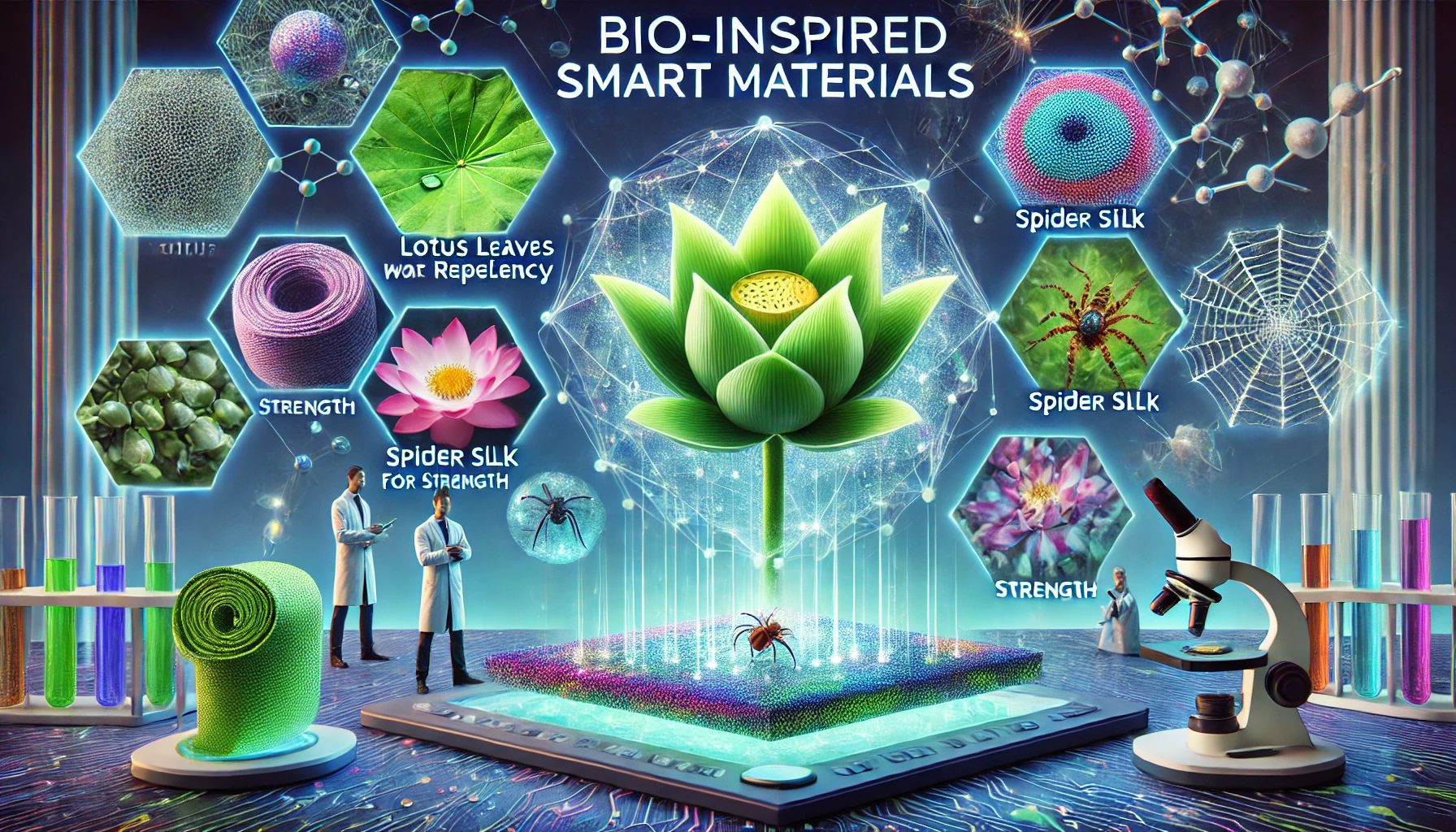What Are Bio-Inspired Smart Materials?
Article Source: Bio-Inspired Smart Materials: An Emerging Frontier in Engineering

Why you should care
Bio-inspired smart materials are revolutionizing engineering, health, and sustainability. These materials mimic nature's adaptability, strength, and efficiency to solve modern challenges. From self-healing materials that repair themselves to responsive surfaces inspired by plant movement, they are driving innovation across industries.
Answering the question… What are bio-inspired smart materials?
Bio-inspired smart materials are engineered substances that emulate biological systems' adaptability and responsiveness. For instance, lotus leaf-inspired surfaces are designed to repel water, and materials mimicking skin can self-heal after damage. These materials are used in sectors like medicine, robotics, and renewable energy, with over 70% showing improved efficiency compared to traditional alternatives.
How was the study done?
The study reviewed advancements in bio-inspired materials over a decade, analyzing 200+ research articles and industrial case studies. It examined materials inspired by natural phenomena, such as gecko adhesion, spider silk strength, and mollusk shells' toughness. Laboratory experiments evaluated these materials' performance in real-world applications like wear resistance, energy efficiency, and adaptability.
What was discovered?
- Self-Healing Capabilities: Inspired by human skin, polymers can repair 90% of damage within minutes, extending product lifespans.
- Superhydrophobic Surfaces: Lotus leaf-inspired surfaces reduce water adhesion by 80%, enhancing water-resistant coatings.
- Energy Efficiency: Solar panels with butterfly-inspired designs showed a 30% improvement in light absorption.
- Adhesion: Gecko-inspired adhesives support up to 100 times their weight, offering solutions for robotics and prosthetics.
- Durability: Spider silk-inspired fibers are 5x stronger than steel at the same weight, revolutionizing construction and safety gear.
- Eco-Friendliness: Materials made from biodegradable components reduce environmental waste by 50%.
Why does it matter?
Bio-inspired smart materials address pressing challenges in sustainability, healthcare, and engineering. They offer eco-friendly alternatives, improve efficiency, and open pathways for futuristic innovations like regenerative medicine and adaptive wearables. By learning from nature, we can design smarter, more sustainable technologies for a better future.
